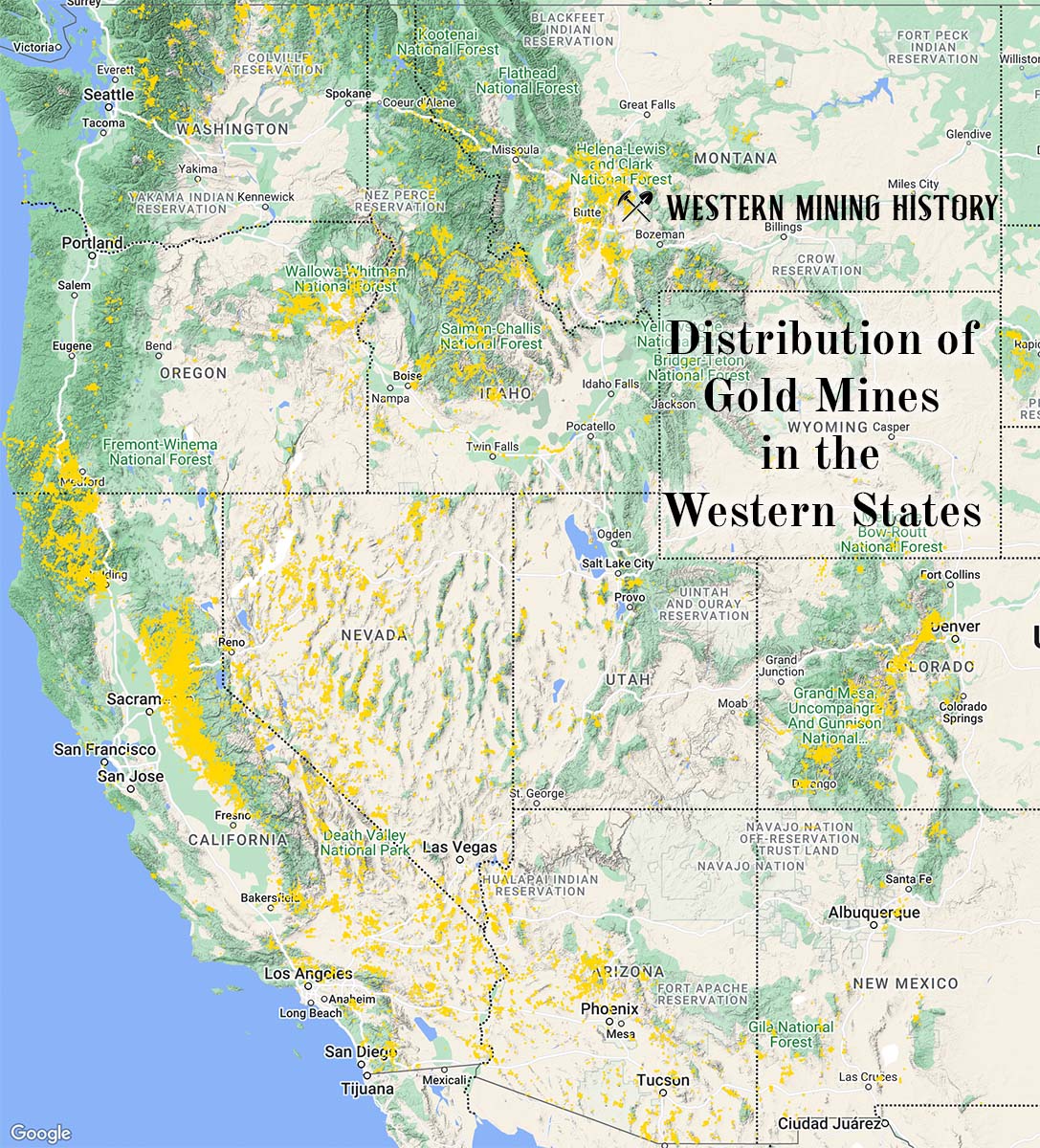The Cascade Creek is a gold and copper mine located in Alaska.
About the MRDS Data:
All mine locations were obtained from the USGS Mineral Resources Data System. The locations and other information in this database have not been verified for accuracy. It should be assumed that all mines are on private property.
Mine Info
Cascade Creek MRDS details
Site Name
Primary: Cascade Creek
Commodity
Primary: Gold
Primary: Copper
Secondary: Arsenic
Location
State: Alaska
District: Yentna
Land Status
Not available
Holdings
Not available
Workings
Not available
Ownership
Not available
Production
Not available
Deposit
Record Type: Site
Operation Category: Occurrence
Operation Type: Unknown
Years of Production:
Organization:
Significant:
Physiography
Not available
Mineral Deposit Model
Model Name: Placer Au-PGE
Orebody
Not available
Structure
Not available
Alterations
Not available
Rocks
Not available
Analytical Data
Not available
Materials
Ore: Gold
Comments
Comment (Deposit): Model Name = Placer Au-PGE (Cox and Singer, 1986; model 39a).
Comment (Deposit): Other Comments = This area is within Denali National Park and Preserve.
Comment (Exploration): Status = Inactive
Comment (Workings): Workings / Exploration = Reconnaissance mapping, prospecting, stream silt, pan concentrate, and rock sampling by the U.S. Geological Survey (Curtin, Karlson, Tripp, and Day, 1978; Reed and Nelson, 1980) are all that have been published on this site. Reed and others (1978) describe visible gold in pan-concentrate samples from stream gravels at this site. Curtin, Karlson, Tripp, and Day (1978) show heavy-metal concentrate values in streams draining this area, two of which had an excess of 3000 ppm copper, 50 ppm gold, 100 ppm silver. Foley and others (1997) report mean values of 20 ppb gold, 1 ppb palladium, 42 ppb platinum, 139 ppm nickel, and 26 ppm copper from six rock samples of the Cascade pluton. The source of the metal in stream silt and pan concentrate samples at this site is probably related to the Cascade pluton. Anomalous gold, platinum-group elements, copper, chrome, nickel and arsenic are reported from many of the composite plutons in the southern Alaska Range (Curtin, Karlson, Tripp, and Day, 1978; Curtin, Karlson, Tripp, Day, Cooley, and McDougal, 1978; Reed and others, 1978; Nelson and others 1992). Gold and platinum group element placers have been worked at several sites downstream from these bodies (Mertie, 1919; Cobb, 1973).
Comment (Geology): Age = Pleistocene.
Comment (Geology): Geologic Description = Reed and others (1978) describe visible gold in pan-concentrate samples from stream gravels at this site. This placer occurrence was apparently unreported prior to MacKevett and Holloway (1977). Curtin, Karlson, Tripp, and Day (1978) show heavy-metal concentrate values in streams draining this area, two of which had an excess of 3000 ppm copper, 50 ppm gold, 100 ppm silver. The country rocks are Mesozoic marine sedimentary rocks (KJs) that are intruded by the Late Cretaceous/early Tertiary Cascade (64.6 m.y.) pluton, one of the composite plutons (Tcp) described by Reed and Nelson (1980). Foley and others (1997) report mean values of 20 ppb gold, 1 ppb palladium, 42 ppb platinum, 139 ppm nickel, and 26 ppm copper from six rock samples of the Cascade pluton. The source of the metal in stream silt and pan concentrate samples at this site is probably related to the Cascade pluton.? Anomalous gold, platinum-group elements, copper, chrome, nickel and arsenic are reported from many of the composite plutons in the southern Alaska Range (Curtin, Karlson, Tripp, and Day, 1978; Curtin, Karlson, Tripp, Day, Cooley, and McDougal, 1978; Reed and others, 1978; Nelson and others 1992). Gold and platinum group element placers have been worked at several sites downstream from these bodies (Mertie, 1919; Cobb, 1973).? Also see TL020, TL023, TL052, and TL053.
Comment (Reference): Primary Reference = Cobb and Reed, 1980
References
Reference (Deposit): MacKevett, E.M., Jr., and Holloway, C.D., 1977, Map showing metalliferous and selected non-metalliferous mineral deposits in the eastern part of southern Alaska: U.S. Geological Survey Open-File Report 77-169-A, 99 p., 1 sheet, scale 1:1,000,000.
Reference (Deposit): Reed, B.L., Nelson, S.W., Curtin, G.C., and Singer, D.A., 1978, Mineral resources map of the Talkeetna Quadrangle, Alaska: U.S. Geological Survey Miscellaneous Field Studies Map MF-870-D, 1 sheet, scale 1:250,000.
Reference (Deposit): Reed, B.L., and Nelson, S.W., 1980, Geologic map of the Talkeetna quadrangle: U.S. Geological Survey Miscellaneous Investigations Map I-1174, scale 1:250,000.
Reference (Deposit): Curtin, G.C., Karlson, R.C., Tripp, R.B., Day, G. W., Cooley, E.F., and McDougal, C.M., 1978, Geochemical and generalized geologic map showing the distribution of chromium and nickel, Talkeetna quadrangle, Alaska: U.S. Geological Survey Miscellaneous Field Studies Map MF-870-H, 2 sheets, scale 1:250,000.
Reference (Deposit): Curtin, G.C., Karlson, R.C., Tripp, R.B., and Day, G.W., 1978, Geochemical and generalized geologic map showing the distribution of tin, tungsten, and beryllium, Talkeetna quadrangle, Alaska: U.S. Geological Survey Miscellaneous Field Studies Map MF-870-F, 2 sheets, scale 1:250,000.
Reference (Deposit): Cobb, E.H., and Reed, B.L., 1980, Summaries of data and lists of reference to metallic and selected nonmetallic mineral deposits in the Talkeetna quadrangle, Alaska: U.S. Geological Survey Open-File Report 80-884, 106 p.
Reference (Deposit): Foley, J.Y., Light, T.D., Nelson, S.W., and Harris, R.A., 1997, Mineral occurrences associated with mafic-ultramafic and related alkaline complexes in Alaska: Economic Geology, Monograph 9, p. 396-449.
The Top Ten Gold Producing States

These ten states contributed the most to the gold production that built the West from 1848 through the 1930s. The Top Ten Gold Producing States.